Does this sound familiar? –> Mom, I’m hungry! Can I have another snack?
I know what those endless kid snack requests are like. Some days are just like that. In fact, as I sit here writing you this email, I just put out a plate of cheese and crackers, some with cream cheese, some plain, a bowl of orange segments, granola bars, and apples. And within no time they’re back asking for more saying they ate it all.
Some days I put it all out and it’s essentially untouched. Other days are like today.
I feel you, food can be exhausting.
It’s physically tiring to get out and clean up food all day.
It can also be emotionally draining, filtering all of the kid snack requests and wondering if they should be snacking all day…
Are they eating emotionally? Or out of boredom? Will they eat their dinner? Are they eating too many “processed” foods?
Let me offer a few things to consider…
Do you view kid snacks as a certain type of food?
Oftentimes when I talk with parents, they label certain types of food as snack food. Things that come in packages, like crackers, granola bars, fruit snacks, and chips…
But snacks are simply food you eat in between meals, not a specific type of food.
Do you think snacks are “bad” or should be limited?
Children have smaller stomachs and generally higher energy needs than adults. Even though most adults could use snacks as well, children typically need them. They need to eat every 2-3 hours to keep their blood sugar up and meet their daily energy needs.
Think of them more as opportunities for nutrition.
Do you say, Just grab a piece of fruit? Or have some veggies if you’re hungry?
While suggesting a piece of fruit or veggies to tide your kiddo over for a short time (like 30 minutes or so) before the next meal might work, snacks generally need to be more substantial than just fruit or veggies. Both are primarily carbohydrates and water. They have little to no protein or fat. A simple snack like produce will be digested in rapid time and leave them back to feeling starving in well under an hour.
Try to offer protein and fat at all snacks.
Do you limit the amount your child can eat at snacks?
If they’re not allowed to fill up on snacks, similar to just eating a bit of fruit, they may be hungry again in a short period of time. Children need to have regular opportunities to eat enough to be full and satisfied for the next couple of hours.
Try following the Division of Responsibility (DOR), you choose the food and your child chooses how much to eat.
Do you wait until your kiddo asks for a snack?
Sometimes I get engrossed in what we’re doing or just completely miss the boat on offering a snack. The kids are suddenly in “I’m Starving!” mode like they’ve never eaten before and I’m scrambling to grab something, which usually ends up being super quick and easy. There’s nothing wrong with that, but it might not end up being as satisfying.
Also, if your kid gets too hungry, then something small is not going to be enough. The hungrier they are the more food they need. Ideally, we want to catch them before they get to the I’m going to chew off my left arm level of hunger.
Try being proactive with offering snacks between meals, even if they’re not asking yet.
Do you serve snack type foods at meals?
Sometimes we think of traditional snack foods as only being for “snack time” → going back to the point earlier about crackers, chips, and granola bars. So if some foods are reserved ONLY for snack time, they may become more of a novelty and sought after, even if your kiddo isn’t really hungry.
If goldfish feel like a snack food, or only for special occasions, then your child might be begging for them all day. This also applies if your child feels like you never provide these foods without them asking.
Try serving their favorite “snack foods” as a lunchtime side or on your own accord so they lose some of their novelty.
Is your child eating enough at meals?
If your child is not eating enough at meals, because you limit their intake or because they’re too busy or not generally hungry when you serve meals, they may be looking for adequate energy all day from snacks.
Allow your child to eat as much as they want from the food you provide, and make sure you always serve something you know they like.
If your child is constantly asking for snacks, think about if any of the above questions might be a fit for what’s going on. It’s normal for kids to ask for snacks, but if it’s an all-day constant, you likely want to assess the underlying cause and make the following shifts.
Top tips for your all day snacking dilemma:
Be proactive about having snacks available. Food should be offered (meal or snack) every 2-3 hours.
Create structure. Structure can look like a set snack time or snack windows. Allow them to eat for a period of time but then clean up snacks at least one hour before the next meal to prep them to be hungry again.
Follow the DOR. Allow your child to eat as much they want from the foods you provide at both meals and snacks.
Think of kid snacks as a mini meal. Offer a variety of substantial food, aim to include all the nutrients (carbs, protein, and fat) from at least 2-3 food groups. For more on this… read Snack Ideas for Your Kids.
If you’re struggling with how to handle kid snacks, anytime and especially during social distancing, grab your free guide, Facing Food Scarcity
Not only does it cover tips for saving money and handling food waste, but it also answers your most frequently asked questions on how to handle your kid’s snack requests and maintain intuitive eating with fewer resources.
I hope you find this information useful as you navigate your child asking for snacks, snacks, snacks!


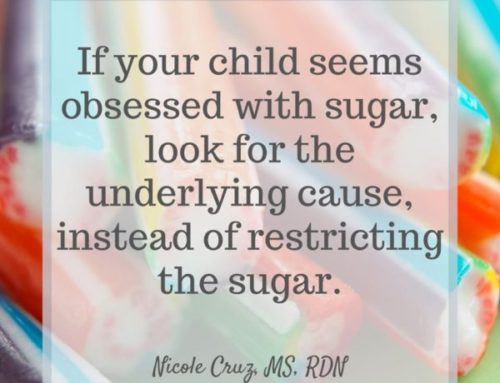
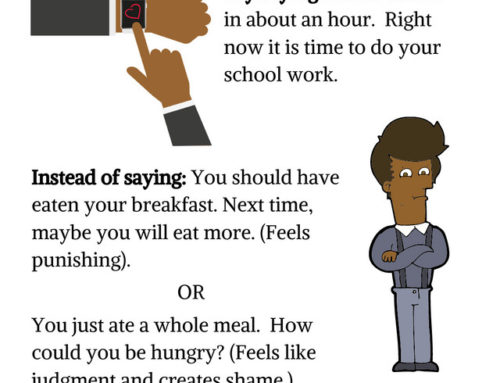
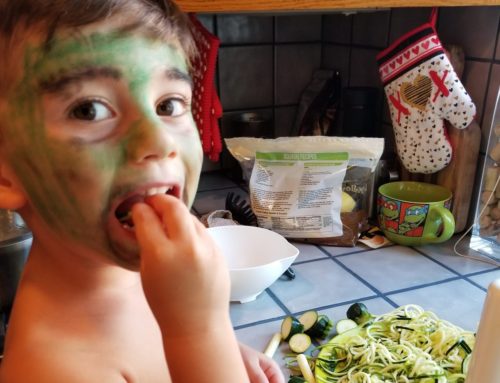
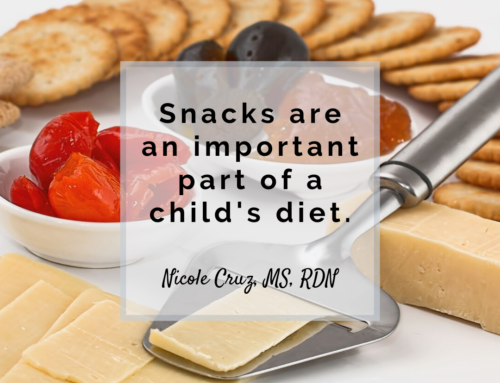
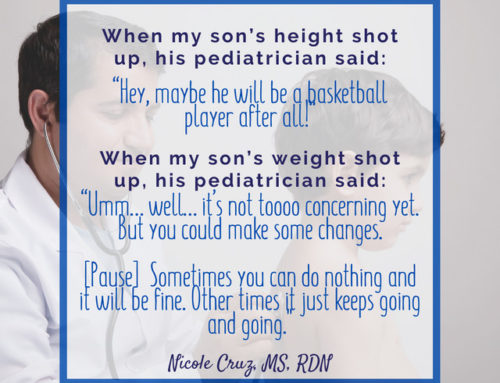
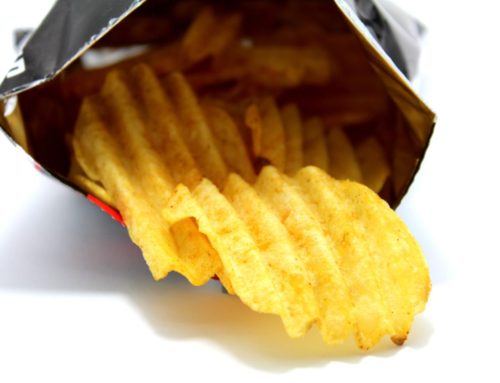
Leave A Comment